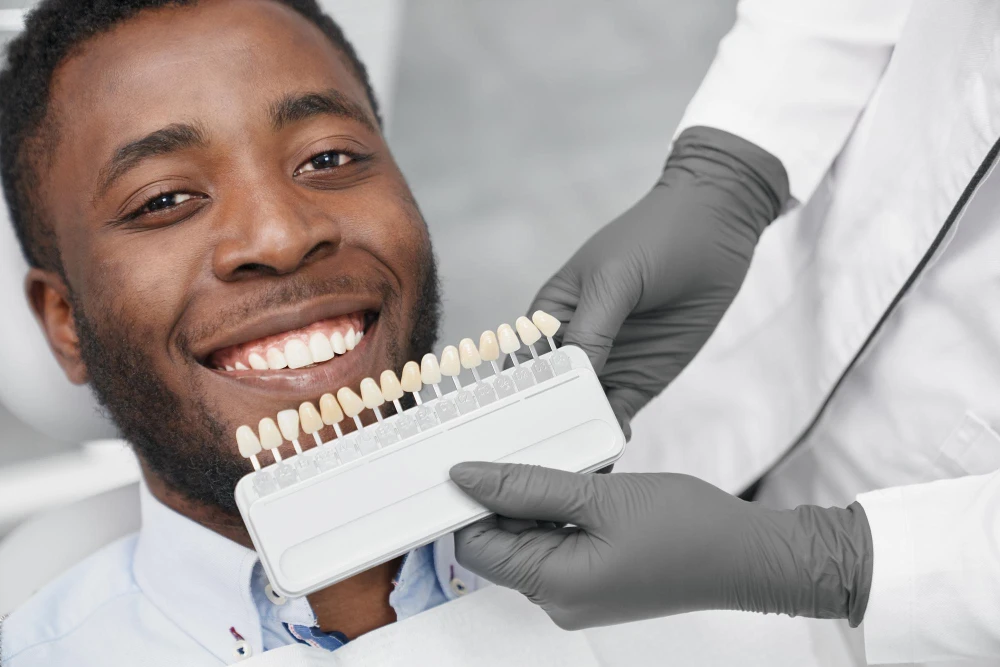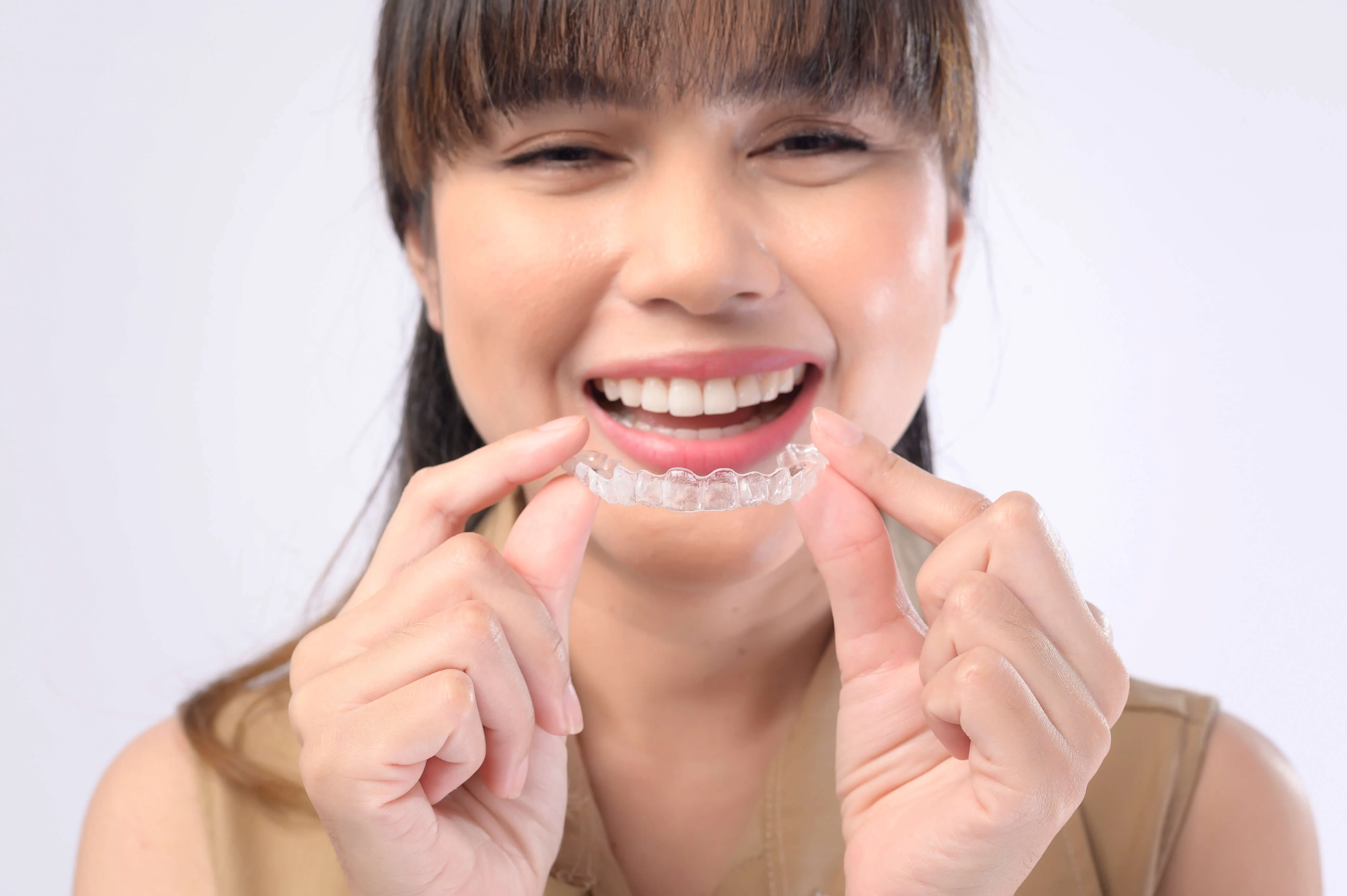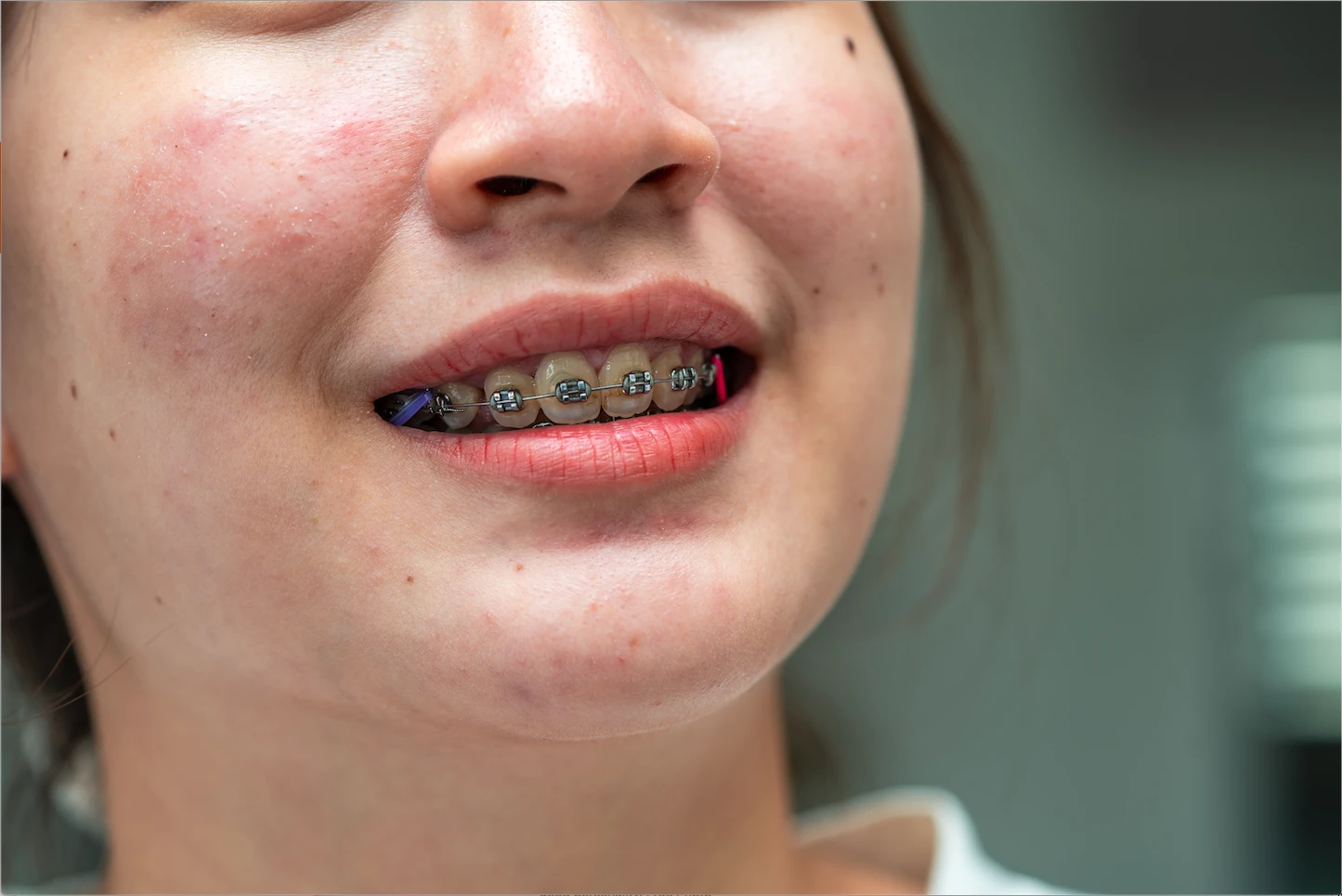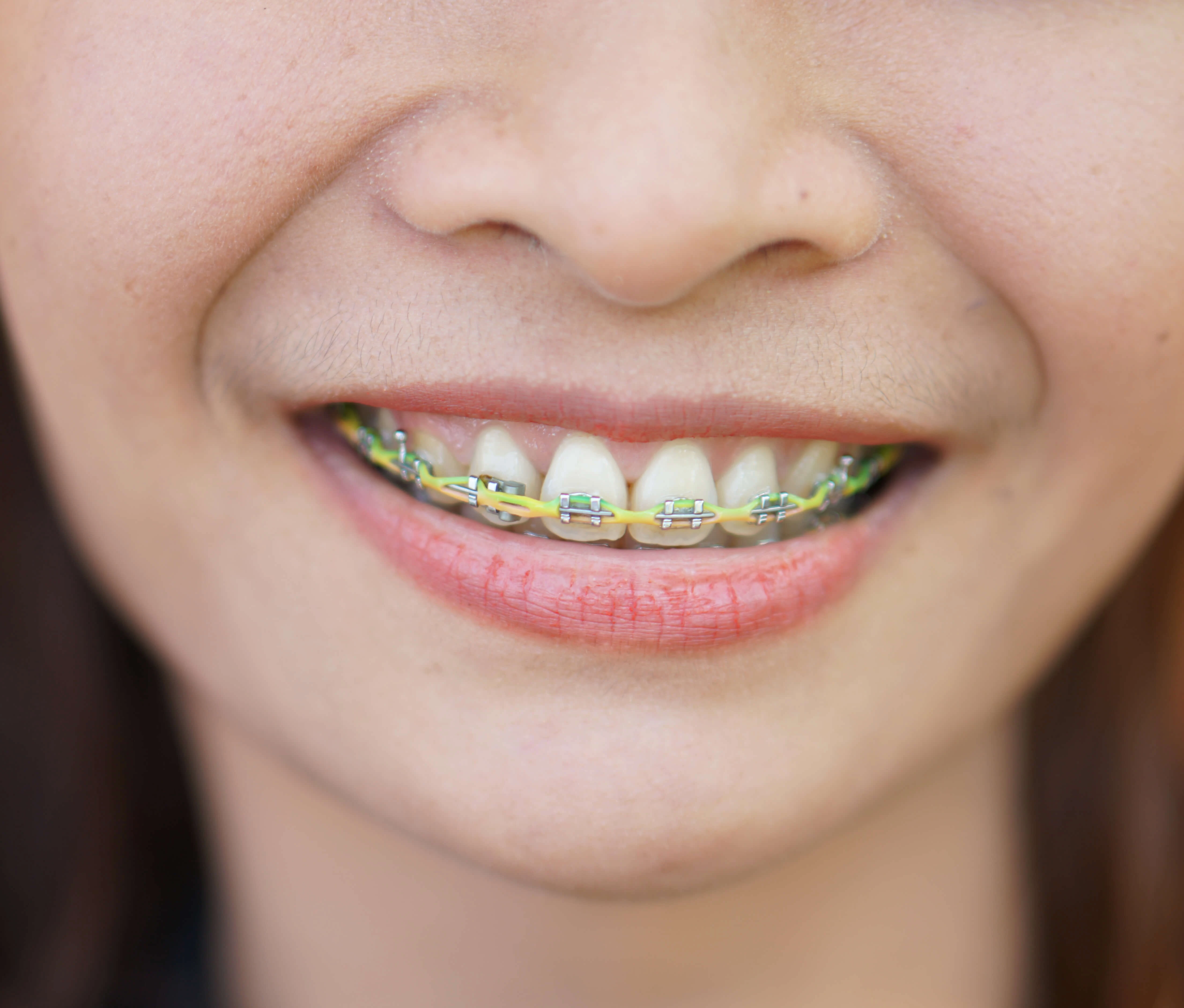Choosing between braces and clear aligners for teeth straightening can be a tough decision. Both options have their own set of pros and cons, and the best choice for you will depend on your individual needs and preferences. Here's a breakdown of the pros and cons of each option to help you decide:
Braces and Pros:
More effective for complex cases: Braces can effectively treat a wider range of orthodontic issues, including severe crowding, gaps, and rotations.
Faster results: Generally, braces achieve desired results quicker than aligners, especially for complex cases.
No need for compliance: Braces are permanently attached, eliminating the need for remembering to wear and remove aligners, which can be a problem for some individuals.
Potentially lower cost: In some cases, braces may be less expensive than clear aligners, especially if treatment time is shorter.
Cons:
Visible: Braces are noticeable, which can be a cosmetic concern for some people.
Discomfort: Braces can cause discomfort, including irritation from the brackets and wires, and difficulty speaking and eating.
Dietary restrictions: You need to avoid certain foods that can damage the braces, such as hard candy and sticky foods.
Hygiene challenges: Brushing and flossing can be more difficult with braces, requiring extra effort to maintain good oral hygiene.
Clear Aligners (e.g., Invisalign):
Pros:
Discretion: Clear aligners are virtually invisible, making them a more discreet option than braces.
Comfort: Aligners are generally more comfortable than braces, causing less irritation and discomfort.
Removable: You can remove aligners for eating, drinking, brushing, and flossing, making them more convenient.
No dietary restrictions: You can eat and drink whatever you want with aligners, as long as you remove them beforehand.
Cons:
Not effective for all cases: Aligners may not be suitable for complex cases, such as severe crowding, gaps, or rotations.
Slower results: Aligners usually take longer than braces to achieve desired results, especially for complex cases.
Compliance required: You need to wear aligners for 20-22 hours per day to achieve effective results, which can be challenging for some individuals.
Potentially higher cost: Clear aligners are often more expensive than traditional braces, especially for longer treatment plans.
Additional factors to consider:
Your budget: Braces may be a more cost-effective option in the long run, especially if your treatment time is shorter.
Your lifestyle: If you lead an active lifestyle or play contact sports, braces may be a more durable option.
Your preference: Ultimately, the best option is the one that you are most comfortable with and that fits your lifestyle and priorities.
The best way to determine which option is right for you is to consult with an orthodontist or dentist. They can assess your individual needs and recommend the most effective and suitable treatment plan for your specific situation.



